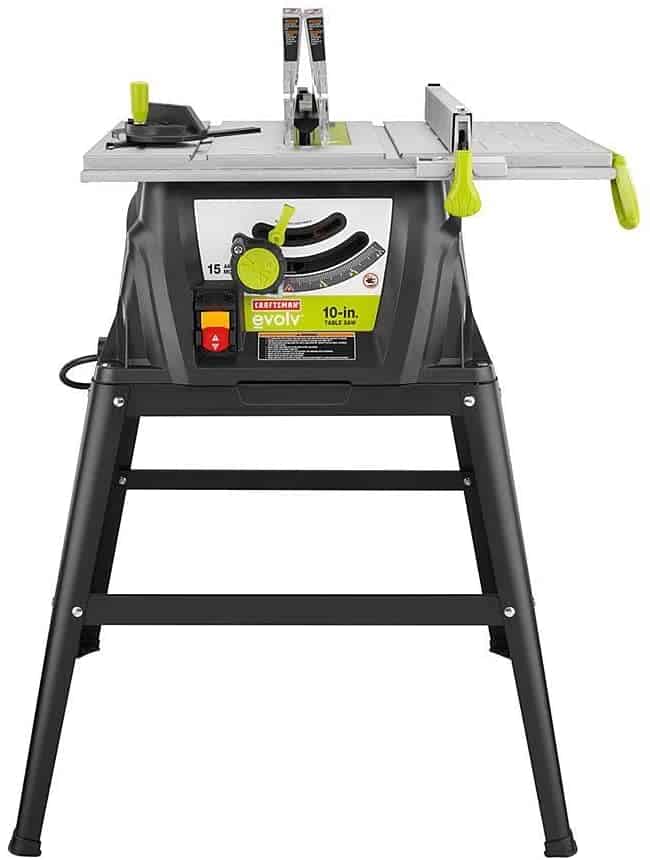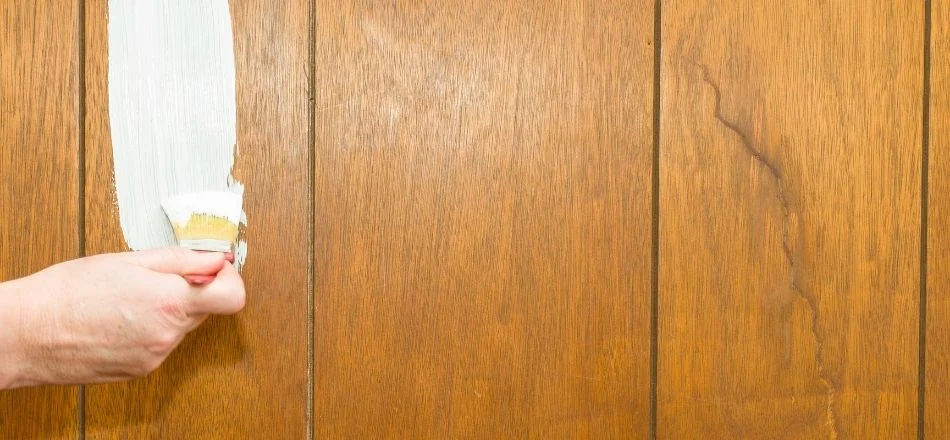To make your painting job last longer the primary layer which is basically a layer of a primer plays an important role.
But there are so many types of primers available, which one should I use for my painting project? Let’s find out.
Primers differ in their properties, each has specific uses, pros, and cons and demands a certain surface to better adhere to. Not familiarizing yourself with them will put you at a greater disadvantage.
With that said, regardless of the surface, you’re going to put primer on, metal, concrete, drywall, wood, etc.
Understanding them better will give you an advantage in the painting process.
Since types of surfaces demand certain primers be applied onto and skip priming is not advisable because the results will be unattractive.
You can find out more about what happens when you skip priming?
In this blog post, I’m going to review the types of primers available today and will also mention which surfaces they are designed to be applied onto. Let’s get started.
What are some types of primers?
But first, here are the types of primers.
Oil-based Primer-
An oil-based primer has oil as the main agent and is better adhered to oil-based paints but other paints can be applied onto it, such as latex or water-based paints.
Advantages of oil-based primers
- Good water-resistant ability.
- Highly-protective
- Latex-based paints are compatible.
- Good Blocking stainers.
- Used for indoor or outdoor projects.
- Ideal for bare wood to stop bad tannin’s bleeding effects.
- Are Easy to clean off.
Disadvantages of oil-based primers
- Contain High VOC (Volatile organic compounds)
- Hard to remove off of a surface.
- Are prone to become brittle when exposed to sunlight for a long period.
- Have a longer drying time of about 6-8hours.
Latex-based Primer-
They are basically water-based, use water as the base. They come in handy when preparing surfaces other than wood such as unfinished drywall made of bricks or concrete, cost less, and offer a faster drying time.
Advantages of latex-based primers
- Cost-effective.
- Have a quicker drying time.
- Are easy to apply.
- Ideal for priming drywalls, masonry, as well on hardwoods.
- Contain low or No VOC, which is good for health.
- Cleaning them off from the surface is easy.
- Less susceptible to getting cracks when exposed to direct sunlight.
Disadvantages of latex-based primers
- Over bare woods, they raise the grains due to water.
- Lack in providing a protective coat to block stains.
- Create a weak bond with oil-based paints.
Shellac Primer-
They are also called stain-blocking primers, beetles are used in their production. For painting over problematic old varnishes, stains, plastic, oil-based paint, metal, and ceramic tile, these are better suited to use as a stain-blocking primer.
Advantages of shellac primers
- Fast-drying
- Compatible with oil and water-based paints.
- Stain blocking capabilities.
- Suitable for wooden surfaces, provide a protective coat to stop tannins.
- Effective for in or outdoor applications.
Disadvantages of shellac primers
- Extremely high VOC primers.
- Not durable as others.
- Costly.
- Prone to get cracked.
Where to use which primer
I’ve mentioned below some surfaces where we need to apply primers beforehand painting.
| Surface | Primer to use |
| Bare wood | To make a porous surface sealable, use an oil-based or latex primer. |
| Drywall | For smooth, even surfaces, prime drywall with a latex primer rather than with an oil-based primer. |
| Stain-prone surfaces | A stain-blocking shellac primer is recommended for stained wood, bare wood with high tannin content that is prone to bleeding, walls that have smoke or water stains, and cabinets that are coated with grease. |
| Painted wood | Priming over painted wood showing chalking is usually a good idea with an oil-based primer. or chipping; as it dries, it will become denser, smoother, and less likely to have imperfections. |
| Metal | To prevent the formation of rust on metals such as aluminum, use an oil-based primer, which is resistant to rust formation. |
| Glossy surfaces | Especially when the surface is glossy like glass, plastic, or tile, bonding primer is a good choice to apply over them. |
Best primers
KILZ Original Interior Oil-Based Primer/Sealer– BEST FOR WOOD

Photo: amazon.com
Kitchen cabinets, bathroom vanities, or frequently used items like bar stools are especially suitable for the coat of this primer.
This quart-sized container covers between 300 and 400 sq. ft area. It can be top-coated with latex or oil-based finishes after it gets fuller sired to the touch.
With its oil-based formula and tintable appearance, It primer for Kilz Original prevents water-based stains and odors like smoke.
Additionally, KILZ Original is also appropriate to be applied on drywall, plaster, masonry, brick, metal, and glossy surfaces like tile.
Rust-Oleum Protective Enamel– BEST FOR METAL
Photo: amazon.com
A clean metal primer from Rust-Oleum is available in half-pint containers to cover a maximum area of 55 square feet, is re-coatable in two hours, and must be painted over with an oil-based paint.
Use this interior/exterior oil-based primer to prevent rust from forming on bare, painted, or lightly rusted metal.
Despite its smooth and even formula, this primer adheres well to clean metal surfaces (and to less-than-perfect surfaces too).
Rust-Oleum Zinsser Bulls Eye 1-2-3 Primer– Best for all
Photo: amazon.com
Water-based formula repels solvent-based stains (like grease) and resists mildew and peeling and lasts up to 100 square feet (one wall 10 feet wide and 10 feet tall).
Faster drying of this primer allows a second coat to be applied in an hour with latex-based or oil-based topcoats.
Applied to walls, furniture, fences, and other interiors/exterior surfaces, this versatile, tintable latex primer adheres as strongly to drywall as it does to wood, concrete, masonry, metal, and glossy surfaces like tile.
KILZ Adhesion High-Bonding Latex Primer/Sealer– BEST FOR GLOSSY SURFACES
Photo: amazon.com
It comes in one-gallon cans that can cover 300 square feet, dries in one hour, and provides a good base for either latex- or oil-based topcoats.
The next time you’re considering painting a tile backsplash, a lacquer chair, or your outdated gutters, this tintable latex primer can handle a variety of surfaces with its ability to adhere to glass, plastic, tile, Formica, vinyl, glazed brick, metal, and more.




